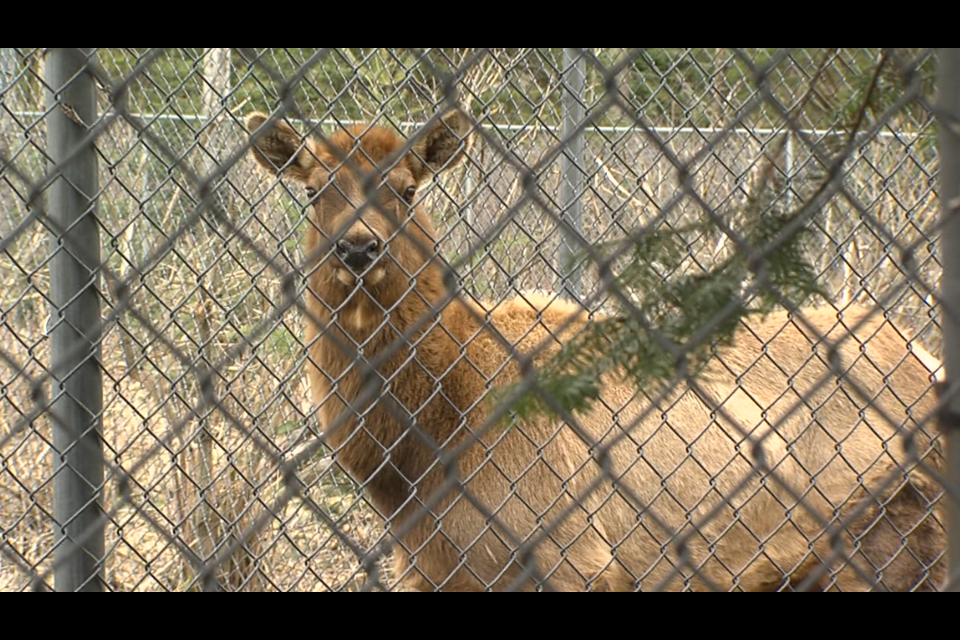THUNDER BAY —An aging bear that was one of the four remaining animals in the Chippewa Park Wildlife Exhibit was euthanized on Wednesday.
A city official said the female bear developed a health problem, and was put down on the advice of a veterinarian.
He determined it was too weak and mentally compromised after recently coming out of hibernation.
Along with three elk, the city continued to care for the bear for four years after the zoo was closed to the public in 2017.
It was over 25 years old.
The other animals that were in the exhibit, including coyotes, foxes, a bobcat, a wolf, birds and others, were transferred to other facilities in Canada after the wildlife display was shut down.
Some were sent to an Ottawa-area zoo that was the subject of allegations from an animal rights group.
The Friends of Chippewa Park still say closing the display to save $87,000 annually was the wrong decision
The group had lobbied city council to keep it open, and to consider transforming it into a wildlife rescue and conservation centre.
"We warned them that closing it would not necessarily be as easy as they thought it would," said spokesperson Iain Angus.
"The irony is that for the last four years those animals have been there but the public has been unable to see them. We're concerned that once again city council, without thinking things through, have made decisions that were not able to be fully implemented and that took away one of the major attractions of Chippewa Park," Angus said.
He said the elk are still in very good health.
City Parks and Open Spaces Manager Cory Halvorsen said the animals have been fed daily and have received quarterly checkups from a vet, but otherwise are "fairly low maintenance."
The city is sticking to its original plan to care for them at Chippewa until they die naturally.
The elk are between 13 and 18, which he said is well past half the species' normal lifespan in captivity.
Halvorsen noted that the city decided when it closed the exhibit that moving the four animals would pose too great a risk to their health because of either their size or their age, and that "this is the best place for them to be living out the remainder of their lives."
Ultimately, the city plans to remove all the infrastructure connected to the animal display.
NOTE: This story has been updated to include new information received late Wednesday regarding the euthanization of the bear
